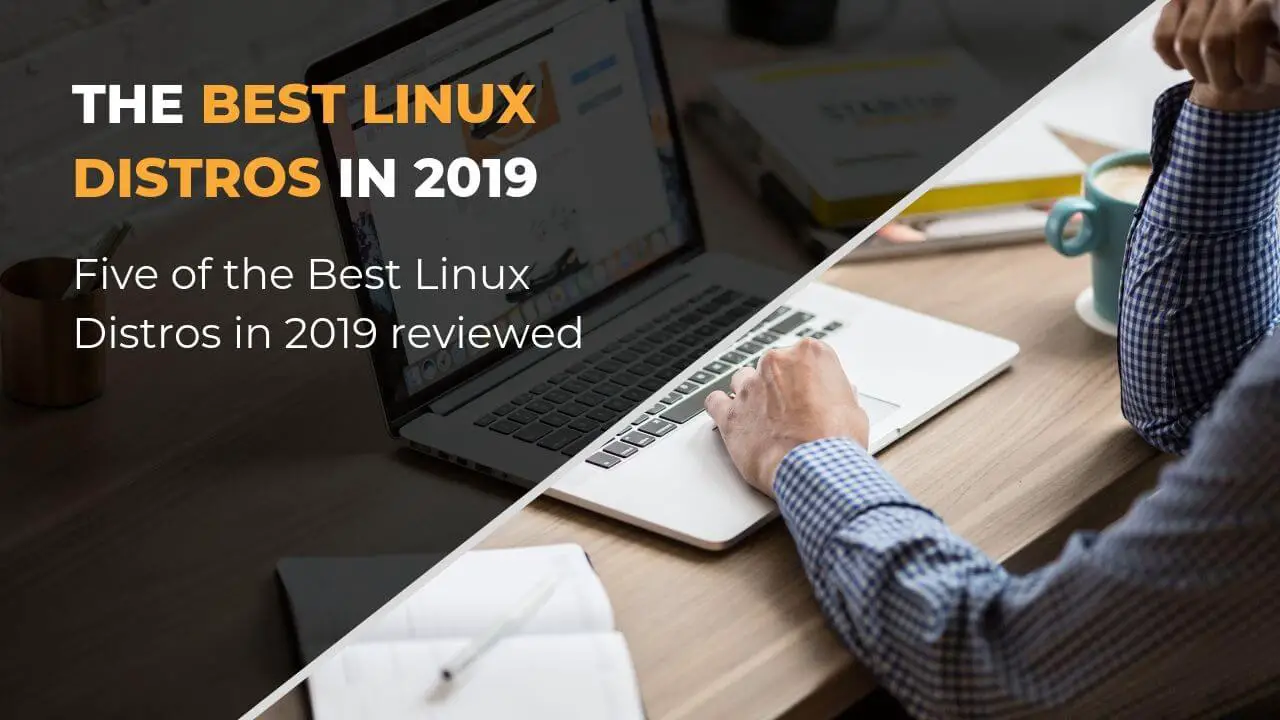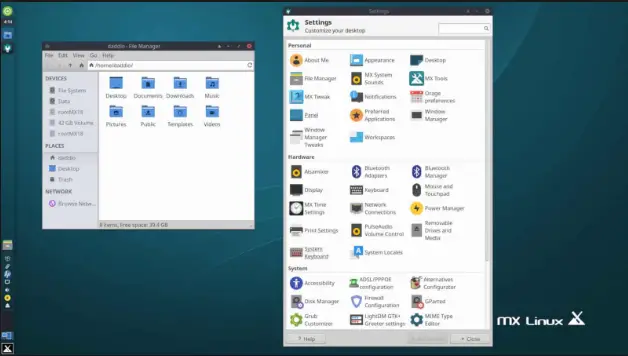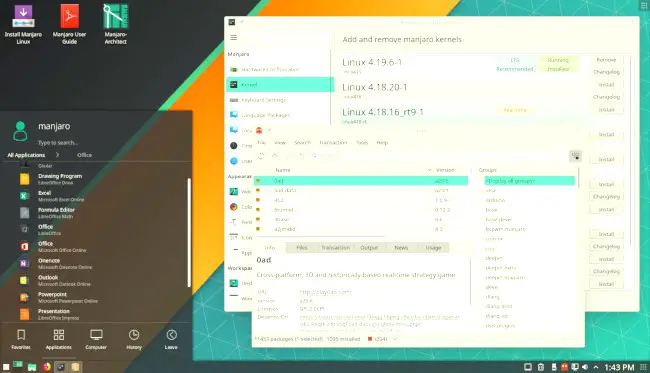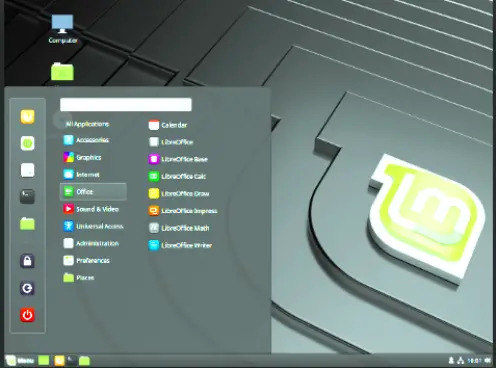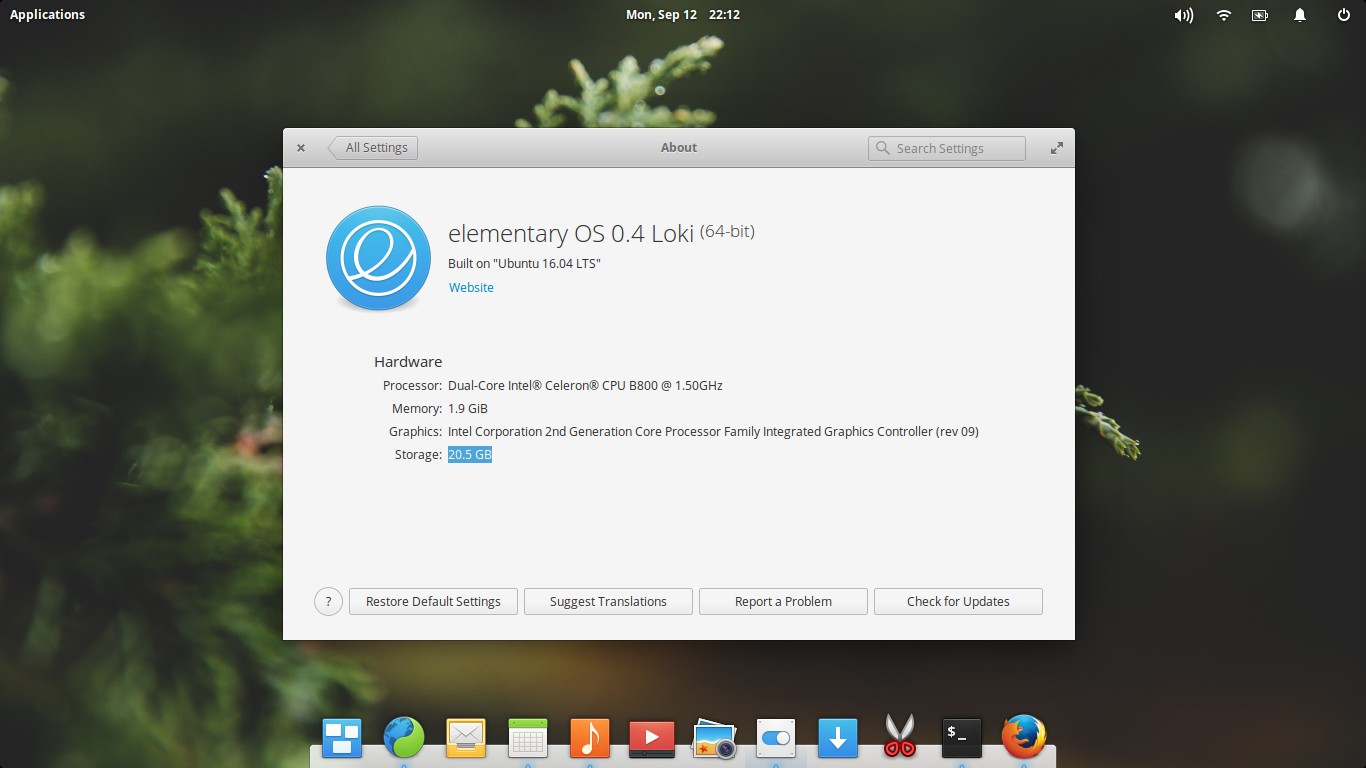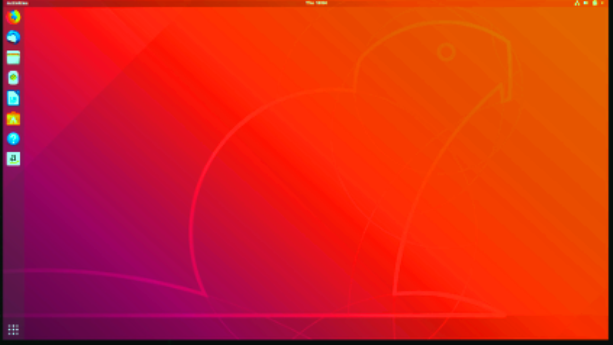Computer systems are rapidly growing and many users have often become inundated with running different versions of operating systems on their machines. Specific to Linux enthusiasts, there is definitely more than what many users interact with in places like offices, schools, and extensively on personal PCs. Probably as you know, UNIX is normally open source and thus opens a room for improvement from all prospective developers. Alone, this fact attempts to explain the underlying reason behind the many Linux distros available in the market today. For heads up, besides doing a clean installation or dual-booting alongside other operating systems, many of Linux’s releases can also run on a live version from either USB stick or DVD.
Distrowatch presents highlights, which are often updated every thirty minutes on their website to help in gauging the popularity of a particular Linux distro on grounds of average hits per day (HPD). Distrowatch currently poses a disclaimer by citing that HBDs are in no way related to the market dominance of these free operating systems rather they are just a bare rate tool. Therefore, this primer will shirk from reporting pertinent details about usage and popularity and instead round-up on the features, page hit ranking statistics and latest developments on top Linux distros for the last 6 months.
1 – MX Linux
Based on Debian (Stable), MX Linux tops the list by garnering an average of 4682 hits per day. Specific on the perks of this distribution, it is hailed to be among the desktop-focused Linux distros that comes as a joint project of two former Linux communities, that is the antiX and MEPIS. Everything about this mid-weight MX Linux is designed to support enhanced stability, easy configuration, and fast performance.
The interface is also pampered with customized visuals channeling from an Xfce desktop, which MX recognizes as default. Summarily you can also get on-go features from the below compilation of specs:-
- Origin – Greece, United States
- Architecture – i686, x86_64
- Status – active
- Bug tracker –devzing
- Source (To buy) – OSDisc.com
2 – Manjaro Linux
Manjaro Linux link is continuously attracting more traffic with this intuitive distro coming second only to MX Linux. Just like the latter, it is also a desktop-oriented and a scalable operating system that is based on Arch Linux. In a way, Manjaro seems to be somewhat advanced in feature count with a very swift installation process, automated hardware detection, support of multiple kernels, desktop configuration, and some sort of special Bash scripts for managing graphics drivers.
Primarily, the desktop edition runs on Xfce but opens up other options to include KDE and GNOME. This does not, however, correlate to a limitation as Manjaro seals up by accepting other community-supported desktop editions. In addition, other minimalistic summary features read as below:
- Origin – Austria, Germany, France
- Architecture – arch64, x86_64
- Categories – desktop, live and Raspberry Pi
I personally use Manjaro as a daily driver on my laptop and I absolutely love it. I use it for well over a year now and once you get used to pacman (the apt equivalent from Debian based systems), it becomes really fun. There are a lot of great community packages in the AUR.
3 – Linux Mint
Linux Mint is one of the Ubuntu-based operating systems with so many custom tools, and an interactive interface that provides an easy transition for Windows users. One great feature of Mint is how operable with the live version mode being as sleek as installed due to zero lags when booted from a flash disk or DVD.
While on the live medium window, it allows users to proceed with the installation process by opening the disk image on the desktop. Also, beyond this distro being compatible with Ubuntu repositories, Mint also has a set of unique configuration tools and a convenient desktop interaction. HPDs on Linux Mint are generalized even though many users are typically into cinnamon 18.1 going up. For heads up, Mint also has a shareline category inclusive of:
- Origin- Ireland
- Architecture – i386, x86_64
- Based on – Ubuntu LTS, Debian
Linux Mint is my daily driver at work. I use Linux Mint exclusively to do all kinds of System Administration tasks, from managing Windows Servers to Network Administration. It runs like a charm and never fails me. It’s probably the closest thing to Windows 10 I have worked with so far. Really recommended for beginners.
4 – Elementary OS
Elementary Linux OS is among the popular free operating systems, which features own themes, applications, and navigation-aid icons. Whilst being desktop-oriented, it is based on Ubuntu and ships in two distros of 32-bit and 64-bit depending on a machine’s compatibility. Depending on how you intend to use Elementary Linux, you can boot it from an external drive and install or opt for a live session. Among other specifications, it is an OS that is built around GNOME and Pantheon desktop environments coming with an add-on of default apps like Midori and Epiphany web browsers, Geary Email Client, Totem Movie player, Evince doc viewer, and a multitude of other applications. For now, Elementary stands out as perfection of Linux distros that is easily customizable and compatible with Ubuntu LTS Distribution.
Not to forget about the inspiring features of this distro, see some propagating specs of the last few months.
- Origin – USA
- macOS-inspired keyboard layout
- New System 76 installer
- Categories – Beginners, Desktop and Live Version/ Medium
5 – Ubuntu
Ubuntu is the Linux distro that you will probably find in use by many schools, small enterprises and other desktop users for serving as a complete desktop operating system.
Many agree that the interface is not as attractive as such but then based on Ubuntu open-source manifesto, it is attracting likes for cutting across social classes to provide customizable software tools and bring the ancient spirit of Ubuntu to the world. Being based on Debian and working around GNOME/Unity desktop is a plus for Ubuntu which extends to provide community and professional help without requesting a dime. Its architecture remains one of the distinguishing features due to parameters of interest like PowerPC, ppc64el, s390x and x86_64.
Conclusion
As always, choosing Linux Distros is definitely up to your personal taste. You simply have to try out a couple of them and see what fits your needs best. My recommendation for beginners is Linux Mint because of its ease of use. It makes the transition from Windows a breeze.
Remember, you can always install a Linux Distribution on VirtualBox first, or use a Live USB Stick to try it out before committing to it fully.

